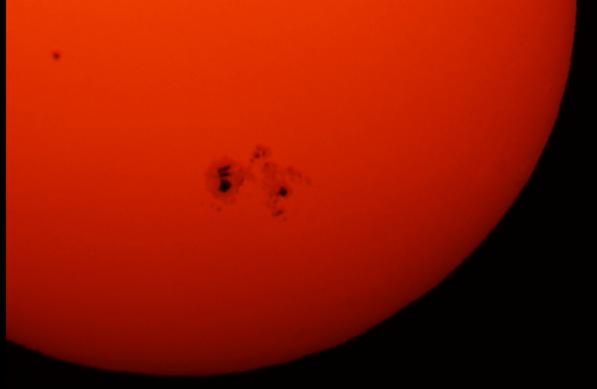The Sun has hit a heretofore unforseen middle-aged evolutionary phase that is characterized by decreasing solar magnetic activity, including starspots and coronal mass ejections, say the authors of a new paper just submitted to APJ Letters. NASA’s Kepler Space Telescope enabled the team to make the determination. The good news is that we have another 5 billion years of relative quiescence before the Sun begins its expansion as a Red Giant.
The Sun has likely already entered into a new unpredicted long-term phase of its evolution as a hydrogen-burning main sequence star — one characterized by magnetic sputtering indicative of a more quiescent middle-age. Or so say the authors of a new paper submitted to The Astrophysical Journal Letters.
Using observations of other sunlike stars made by NASA ’s Kepler Space Telescope, the team found that the Sun is currently in a special phase of its magnetic evolution.
Heretofore, the Sun was thought to have been just a more slowly rotating version of a normal yellow dwarf (G-spectral type) star. These results offer the first real confirmation that the Sun is in the process of crossing into its magnetic middle age, where its 11-year Sunspot cycles are likely to slowly disappear entirely. That is, from here on out, the Sun is likely to have fewer sunspots than during the first half of its estimated 10 billion year life as a hydrogen-burning star.
